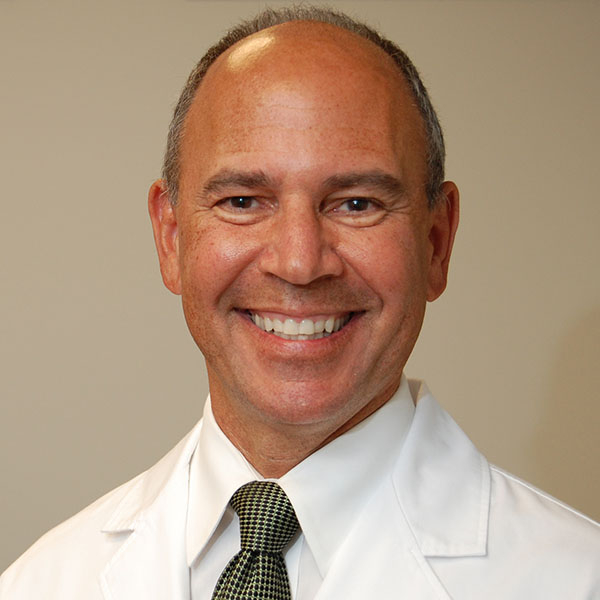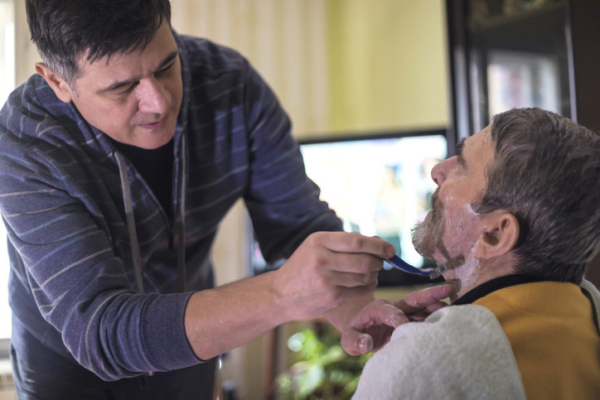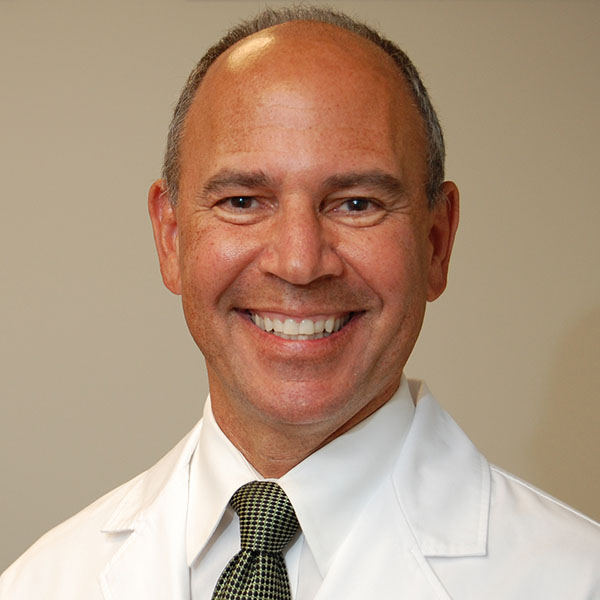
Part 1 of a two-part series on making decisions about driving as we age. Read Part 2 here.
When my grandmother repeatedly clipped the mailbox backing out of her driveway, she always had a ready explanation: "the sun was in my eyes" or "your grandfather distracted me." Our family knew we needed to take action. But no one wanted to be the one to ask her to stop driving. She was fiercely independent, didn't agree that her driving was a problem, and didn't appreciate our concerns.
Maybe there's a similar story unfolding in your family. Or maybe you're starting to wonder about your own skills. As part one in a two-part series, this post aims to help people understand red flags to watch for, and why driving abilities change as people age. It also describes a few ways to improve impaired driving, and challenges to navigate.
A second post will address ways to strike a balance that respects dignity — and safety — while providing action plans for older drivers and their families.
How safe are older drivers on the road?
Unsafe drivers can be any age, particularly when drinking is involved. But fatal traffic accidents have risen in both young drivers and older drivers, according to data from the National Safety Council:
- Fatalities occurring in crashes involving a driver ages 15 to 20 rose nearly 10% between 2020 and 2021, accounting for 5,565 deaths.
- Among drivers 65 or older, fatalities rose 15% between 2020 and 2021, accounting for more than 8,200 deaths.
While younger drivers may be inexperienced or more likely to be distracted or reckless, older drivers often overestimate their driving abilities. That may be one reason many unsafe older drivers continue to drive despite failing driving skills.
Per mile driven, the rate of motor vehicle accidents is higher for drivers ages 80 and older than for almost every other age group, according to the Insurance Institute for Highway Safety. Only the youngest drivers have higher rates. And the rate of fatal motor vehicle accidents per mile driven is higher for drivers aged 85 and older than for every other age group.
These statistics reflect the reality that an older driver may not be the only one injured or killed in a crash — occupants in one or more vehicles may be, too. And then there are pedestrians and cyclists at risk.
Clearly, the stakes are high when any unsafe driver is on the road. For older drivers with waning driving skills, it's important to recognize the problem and understand why it's happening. The following four steps are a good start.
1. Seeing any red flags?
As people get older, driving skills may decline so slowly that it's not obvious worrisome changes are happening. Even when mishaps and near-misses occur, there are so many possible contributors — especially other drivers — that it may not be clear that the older driver was at fault.
Red flags that might mean an older person is an unsafe driver include:
- concerned comments from family or friends
- reluctance of others to ride with them
- input from other drivers (why is everyone honking at me?) or traffic authorities (why am I getting all these traffic tickets?)
- getting lost on familiar roads
- consistently driving too slowly or too fast
- unexplained dents or scratches appearing on the car
- frequent accidents or near-misses.
2. Why do driving skills tend to wane with age?
While people of advanced age can safely drive (and many do!), driving skills may wane due to:
- medical conditions, such as arthritis, neuropathy, or dementia
- medications, such as sedatives or certain antidepressants
- age-related changes in reaction time
- trouble with vision or hearing
- other physical changes related to aging, such as less flexibility or strength
- difficulty processing rapidly changing information. For example, an older driver may be more likely than a younger driver to accidentally press the gas pedal instead of the brake when needing to stop suddenly.
3. What can — and can't — be reversed to improve driving?
Some changes that impair driving can be reversed or a workaround can be found. For example, if driving is impaired due to cataracts, cataract surgery can restore vision and improve driving. If night driving is difficult, it's best to drive only during the day. If memory problems are starting to arise, it may still be possible to drive safely in more limited circumstances.
Driving problems due to advanced dementia or a major stroke affecting judgment and physical skills are much less likely to improve.
4. Accept that conversations about not driving are challenging
If there is no simple way to reverse or work around declining driving skills, accept that there will be many challenges to navigate, whether you're the older driver or a family member.
Challenges facing the driver:
- It's not easy to acknowledge declining function. Driving impairment is an unsettling milestone, an indication that the future may include further loss of abilities.
- It can feel unnecessary and unreasonable. Most older folks facing a decision about whether it's safe to continue driving were good drivers not so long ago. They may still see themselves as competent drivers, and see efforts to restrict their driving as overly cautious or demeaning.
- Denial and defensiveness are common. Even when all the signs are there, it may be tempting for a poor driver to deflect blame (for example, blaming other drivers).
- Not driving is a loss of independence. Sure, there are other ways to get around and nondrivers can certainly be independent. But few alternatives rival the independence that comes with being able to drive yourself. And, depending on where you live, public transportation or other alternatives to driving may be limited.
Challenges facing the family:
- Often, the older driver doesn't share their family's concerns about driving safety. This can lead to arguments, confrontation, and resentment.
- The safety of others is at stake. The older driver with waning skills may endanger many people besides themselves: passengers in their care, other drivers and their passengers, cyclists, and pedestrians.
- It's hard to know when the time is right. Speaking up too soon may lead to unnecessary restrictions on a loved one's favored means of transportation, not to mention family strife. Waiting too long can lead to avoidable tragedy.
Finding a path forward
As for my grandmother, none of us knew what to say. Should we try to get her to agree to stop driving entirely or let her ease into the idea over time? Maybe she could stop driving at night or limit her driving to short distances. Should we bring it to the attention of her doctor and let them direct the next steps? Or should we take an even harder step and report her to the authorities?
If you're asking similar questions — or if you're starting to wonder about your own driving abilities — you may feel strongly that it's important to respect individual preferences, dignity, and independence. Yet you also want to protect everyone from harm.
What are the best ways to strike a balance? Can you test and improve how an older driver is doing behind the wheel? Can you navigate tough conversations in ways that allow room for both independence and safety? These are the subjects to be tackled in Part 2.
About the Author

Robert H. Shmerling, MD, Senior Faculty Editor, Harvard Health Publishing; Editorial Advisory Board Member, Harvard Health Publishing
Dr. Robert H. Shmerling is the former clinical chief of the division of rheumatology at Beth Israel Deaconess Medical Center (BIDMC), and is a current member of the corresponding faculty in medicine at Harvard Medical School. … See Full Bio View all posts by Robert H. Shmerling, MD

















